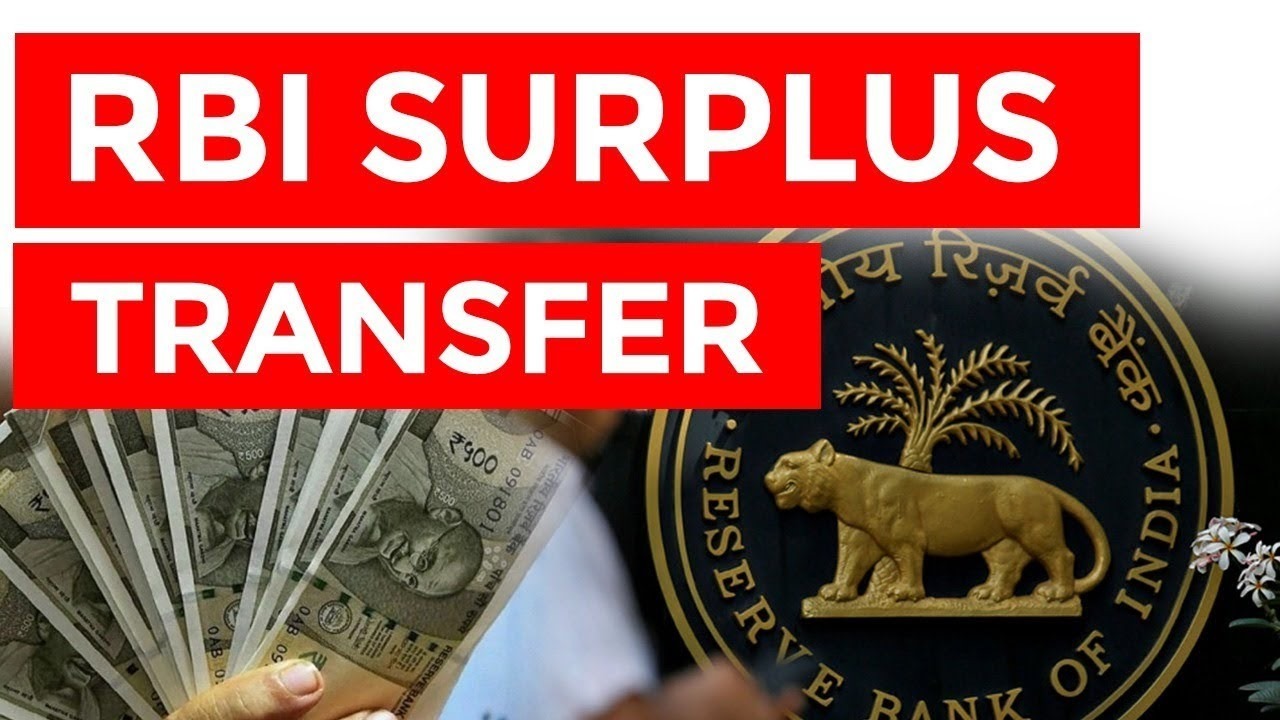 Image Source: IAS Gyan
Image Source: IAS Gyan
India’s banking system reflected a dynamic liquidity landscape as of May 23, 2025, with the Reserve Bank of India (RBI) playing a pivotal role in balancing government and banking sector cash flows.
Key Highlights:
Banks’ Cash Balances:Commercial banks held cash balances of ₹9.42 trillion with the RBI on May 23, indicating robust liquidity in the system. This level of reserves helps banks manage daily operations and regulatory requirements, such as the Cash Reserve Ratio, which currently stands at 4% as of late May 2025.
Government Surplus with RBI: The central government maintained a surplus cash balance of ₹43.71 billion with the RBI for auction as of May 23. This surplus is often used for short-term liquidity management, allowing the government to optimize its expenditure and borrowing schedules.
RBI Refinance Operations: On the same day, the RBI extended ₹87.36 billion in refinance to the banking sector. Refinance facilities are crucial for banks to meet temporary liquidity mismatches and support credit growth, especially during periods of tight market liquidity.
Marginal Standing Facility (MSF): Indian banks borrowed ₹6.76 billion via the MSF window on May 23. The MSF allows banks to access overnight funds from the RBI against government securities, typically at a higher rate, to address short-term liquidity crunches.
Macro Context: The RBI’s balance sheet has expanded to ₹38.6 trillion as of March 2025, reflecting active interventions to stabilize the rupee, manage liquidity, and support government finances. Notably, the RBI recently transferred a record ₹2.69 lakh crore surplus to the government, providing a fiscal buffer and enabling additional expenditure or deficit reduction.
The interplay of these liquidity measures underscores the RBI’s ongoing efforts to maintain financial stability while supporting economic growth and government fiscal objectives.
Sources: Trading Economics, Financial Express, Deccan Herald
Advertisement
Advertisement





